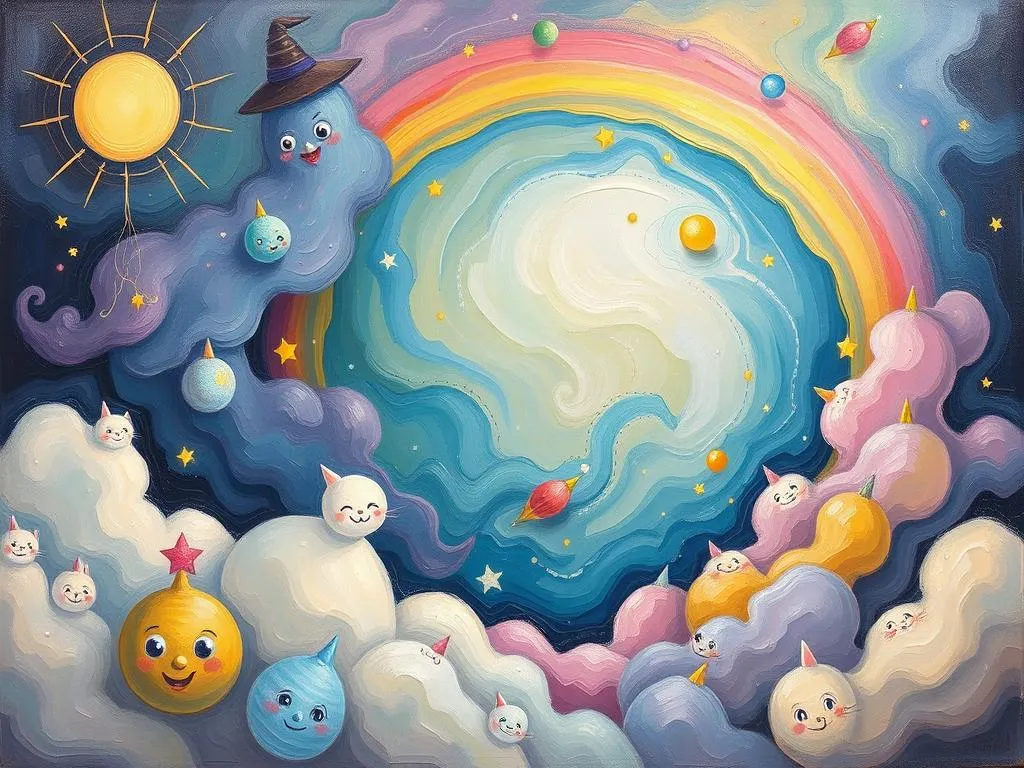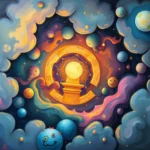
Introduction
Dreams have captivated the human mind for centuries, serving as a window into our subconscious. Among the myriad of elements that populate our dreams, color stands out as a particularly intriguing aspect. Each hue can evoke a range of emotions and meanings, making colors in dreams a rich tapestry for interpretation. Understanding the symbolism of different colors in dreams can provide insights into our emotional state, desires, and even unresolved conflicts. This exploration into dream symbolism not only deepens our understanding of ourselves but also sparks curiosity about the messages our subconscious is conveying.
Symbolism and Meaning
Colors in dreams can represent various emotions, states of being, and personal experiences. Below, we delve into some common colors and their associated meanings:
-
Red: Often linked to passion, anger, or desire. A dream featuring red may suggest intense emotions bubbling beneath the surface or a call to embrace one’s passions.
-
Blue: Typically symbolizes calmness, sadness, or spirituality. Dreaming of blue can indicate a need for tranquility or a period of introspection.
-
Green: Associated with growth, healing, or balance. A green dream may reflect a desire for renewal or signify a positive change in life circumstances.
-
Yellow: Represents happiness, optimism, and clarity. Dreams infused with yellow can be a sign of creativity and enlightenment.
-
Black: Often signifies the unknown, fear, or mystery. A predominance of black in a dream might suggest feelings of anxiety or uncertainty about the future.
-
White: Symbolizes purity, innocence, and new beginnings. White dreams can indicate a fresh start or the need to cleanse oneself of past issues.
Alternative Perspectives
The meaning of colors can vary significantly based on personal experiences and cultural backgrounds. For example:
- In some cultures, red may symbolize good fortune rather than anger.
- Blue can be perceived as a sign of loyalty and trust, rather than just sadness.
- Black might represent elegance or sophistication in certain contexts, shifting its negative connotation.
As such, it is crucial for individuals to consider their own emotional responses and life experiences when interpreting the colors in their dreams.
Key Scenarios and Variations
Dreams are not one-size-fits-all; the context in which colors appear can dramatically alter their meanings. Here are some key scenarios and their variations:
-
Vivid Colors vs. Dull Colors: A dream filled with bright, vibrant colors may indicate a heightened emotional state or a significant change in life perspective. In contrast, dull or muted colors may suggest feelings of stagnation or confusion.
-
Colors in Nature: Dreaming of vibrant landscapes (like lush green fields or bright blue skies) often symbolizes harmony with oneself and the environment. However, if nature appears in darker tones (like grey skies or brown landscapes), it may reflect inner turmoil or a sense of being overwhelmed.
-
People Wearing Colors: The colors of clothing worn by individuals in dreams can provide insight into relationships. For example:
- A partner wearing red might symbolize deep passion or unresolved conflicts.
-
A friend in blue could represent trustworthiness and emotional support.
-
Color Combinations: The interaction of multiple colors can yield a complex message. For instance, if a dream features both red and blue, it may suggest a struggle between passion and calmness.
-
Changing Colors: If colors in a dream shift rapidly, it may indicate fluctuating emotions or situations in waking life that require attention and resolution.
Real-Life Connections and Takeaways
Understanding the symbolism of colors in dreams encourages self-reflection, offering valuable insights into our waking lives. Here are some practical tips and insights for readers to connect their dreams to real-life situations:
-
Keep a Dream Journal: Recording dreams, especially colors, helps identify patterns over time. Note the emotions felt during the dream and any significant life events that may correlate with the dream’s themes.
-
Reflect on Emotions: Consider how the colors in your dreams resonate with your current emotional state. Are you feeling passionate, calm, or anxious? Understanding these feelings can guide personal growth.
-
Explore Personal Associations: Analyze what each color means to you personally. Are there memories or experiences tied to these colors? This introspection can unveil deeper truths about your psyche.
-
Seek Balance: If dreams frequently feature certain colors, it may indicate an imbalance in your life. For example, recurring dreams filled with grey may suggest a need to address feelings of sadness or stagnation.
-
Meditate on Color Imagery: Take moments to meditate on the colors that appear in your dreams. Visualizing these colors can help clarify their meanings and guide you toward resolutions in your waking life.
-
Talk to Others: Sharing your dreams with trusted friends or a therapist can provide additional perspectives and interpretations. Others may see meanings that you overlook.
In conclusion, the symbolism of different colors in dreams serves as a powerful tool for self-discovery and emotional understanding. By reflecting on personal experiences and the context of these colors, readers can unlock messages from their subconscious that may lead to personal growth and clarity. Embrace the colorful landscape of your dreams, and allow their meanings to guide you on your journey toward self-awareness and fulfillment.







